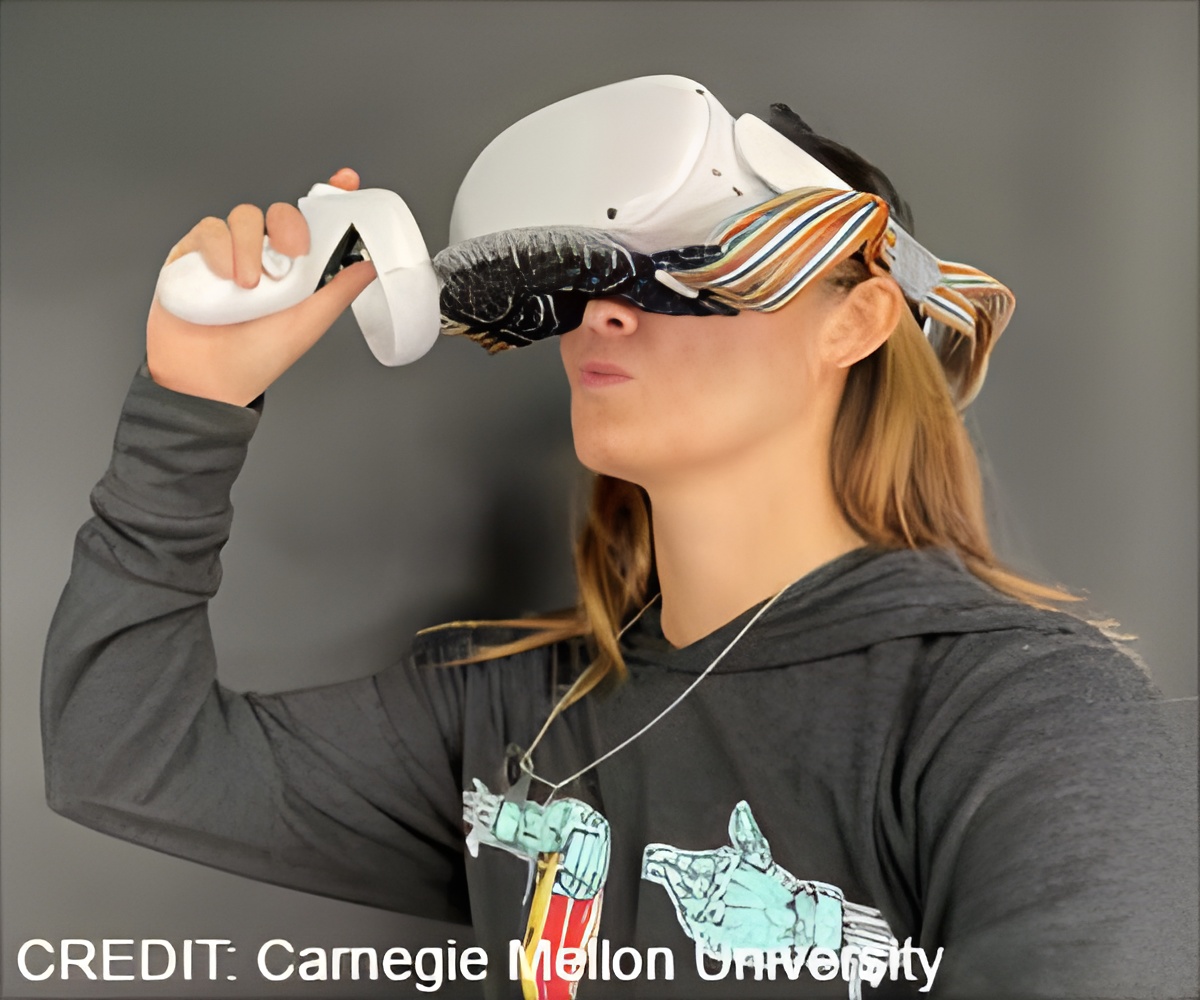New study highlighting the aftereffects of virtual reality for sensory perception, suggests a link between the susceptibility to cyber sickness and sensory reweighting.

Cybersickness and Its Severity Arising from Virtual Reality Content
Cybersickness is a form of motion sickness that occurs from exposure to immersive VR and augmented reality applications. The frequent symptoms caused by cybersickness are nausea, visual discomfort, and disorientation. It all has to do with orientation. When your senses report contradictory information to the brain, it results in disorientation and physical symptoms. There are various theories exist regarding its cause, but their analysis has been limited to human factors, not VR content.‘Cybersickness experienced while playing virtual reality games is influenced by the perception of adjusting to the conflict between reality and virtual reality.’





A new study by researchers at the University of Waterloo collected data from 31 participants. They assessed their perceptions of the vertical before and after playing two VR games, one high-intensity, and one low-intensity. The findings are published in the journal Virtual Reality.Sensory Reweighting: Common Mechanism for Subjective Visual Vertical and Cybersickness Susceptibility
Those who experienced less sickness were more likely to have the largest change in the subjective visual vertical following exposure to VR, particularly at a high intensity. Conversely, those who had the highest levels of cybersickness were less likely to have changed how they perceived vertical lines.There were no significant differences between males and females, nor between participants with low and high gaming experience. They also found that the subjective visual vertical (a measure of how individuals perceive the orientation of vertical lines) shifted considerably after participants played a high-intensity VR game.
By understanding the relationship between sensory reweighting and cybersickness susceptibility, researchers hope to develop personalized cybersickness mitigation strategies and VR experiences that consider individual differences in sensory processing. All these measures lower the occurrence of cybersickness.
As VR continues to revolutionize gaming, education, and social interaction, addressing the pervasive issue of cybersickness is critical for ensuring a positive user experience. This knowledge could be invaluable for developers and designers of VR experiences, enabling them to create more comfortable and enjoyable environments for users.
Advertisement










